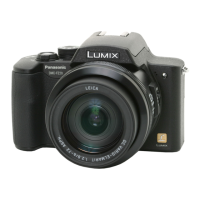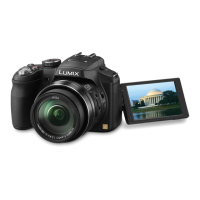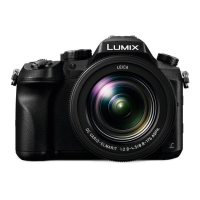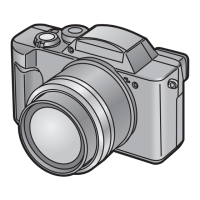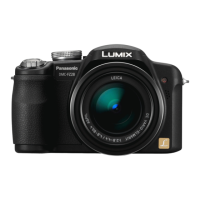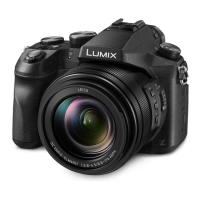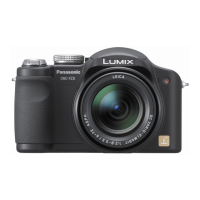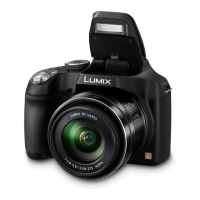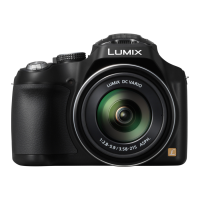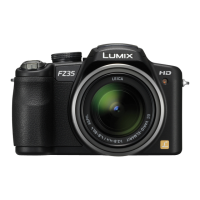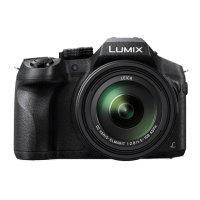43
To crystallise this, think of the correct exposure as being a glass into which we will
poor some water. When the glass is 50% full, that is our perfect exposure. If we pour
in water very slowly (representing a low intensity of light) it will take longer (the
shutter speed analogy) to reach the correct exposure level than if we poured the
water into the glass more quickly. (Over-fill the glass and we lose our highlight detail
with the result in the highlights being “blown-out”)
The time taken to fill the glass is longer with a small flow of water (representing the
amount of light passing through the aperture) than with more water flow (representing
more light – or a larger aperture)
This relationship is the key to you understanding how to be able to set
up the camera when you want to use the manual mode (M)
ISO (International Standard Organisation) This is the value which is
attributed to the combined camera sensor and the logarithmic amplifier
and then the analogue to digital converter system. If you leave the
camera set with the default factory set
up the ISO values are increased or
decreased by a fixed value equivalent to 1 full aperture increase (or
decrease) or doubling (or halving) the shutter speed. This is referred to as
1 EV
(standing for exposure value) You will notice that with this 1EV
increment set the ISO values change as in the table below
If you change the increments in the set up menu to be just 1/3 EV you
have finer control of the camera sensitivity and hence noise control full
ISO (1 EV increments shown in red)
Increasing the number increases the camera’s overall sensitivity to light
allowing the camera to acquire images in low levels of light with the ability
to shoot hand held. As I mentioned previously increasing the ISO
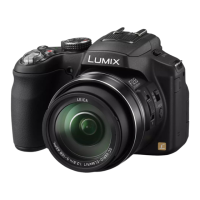
